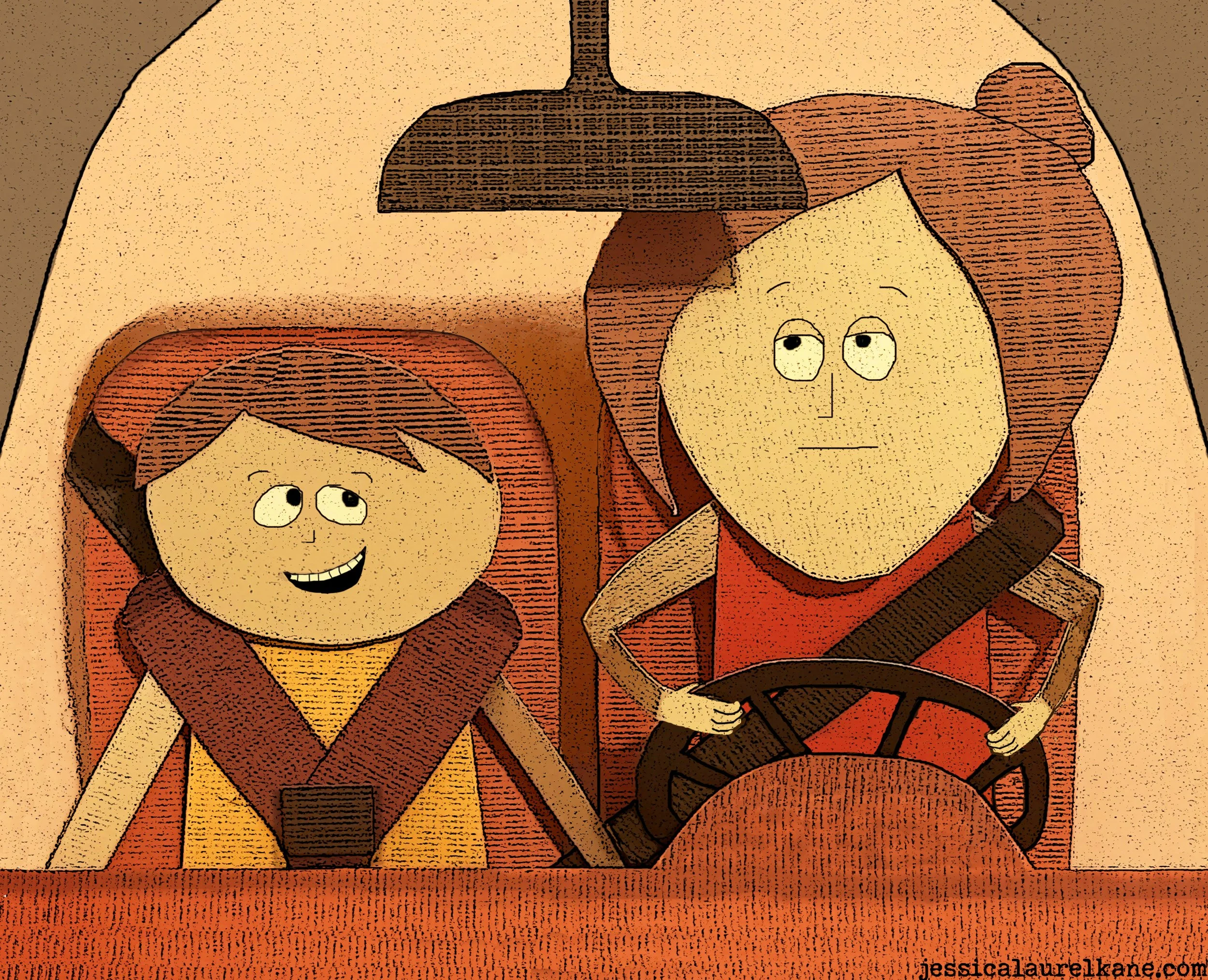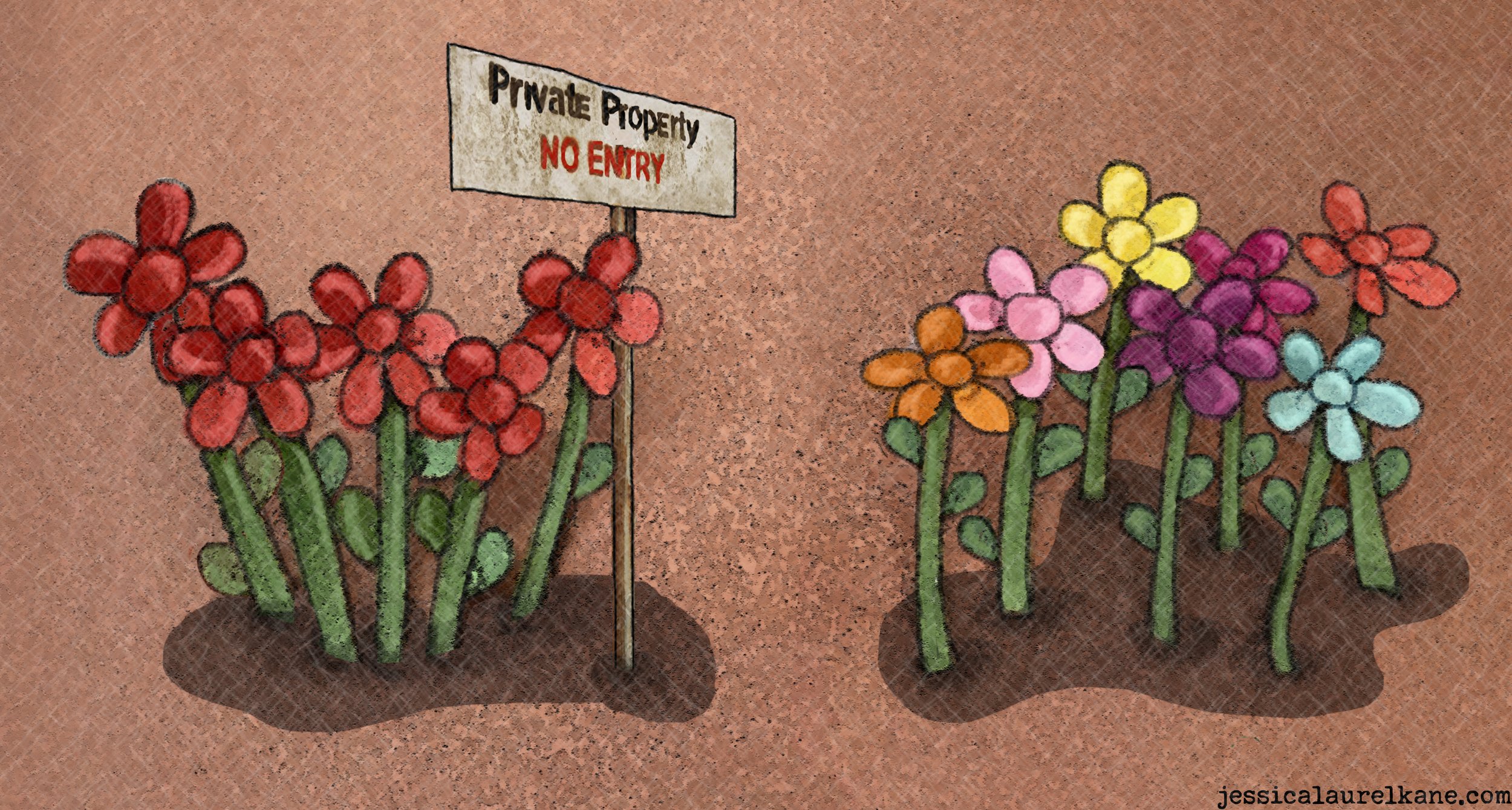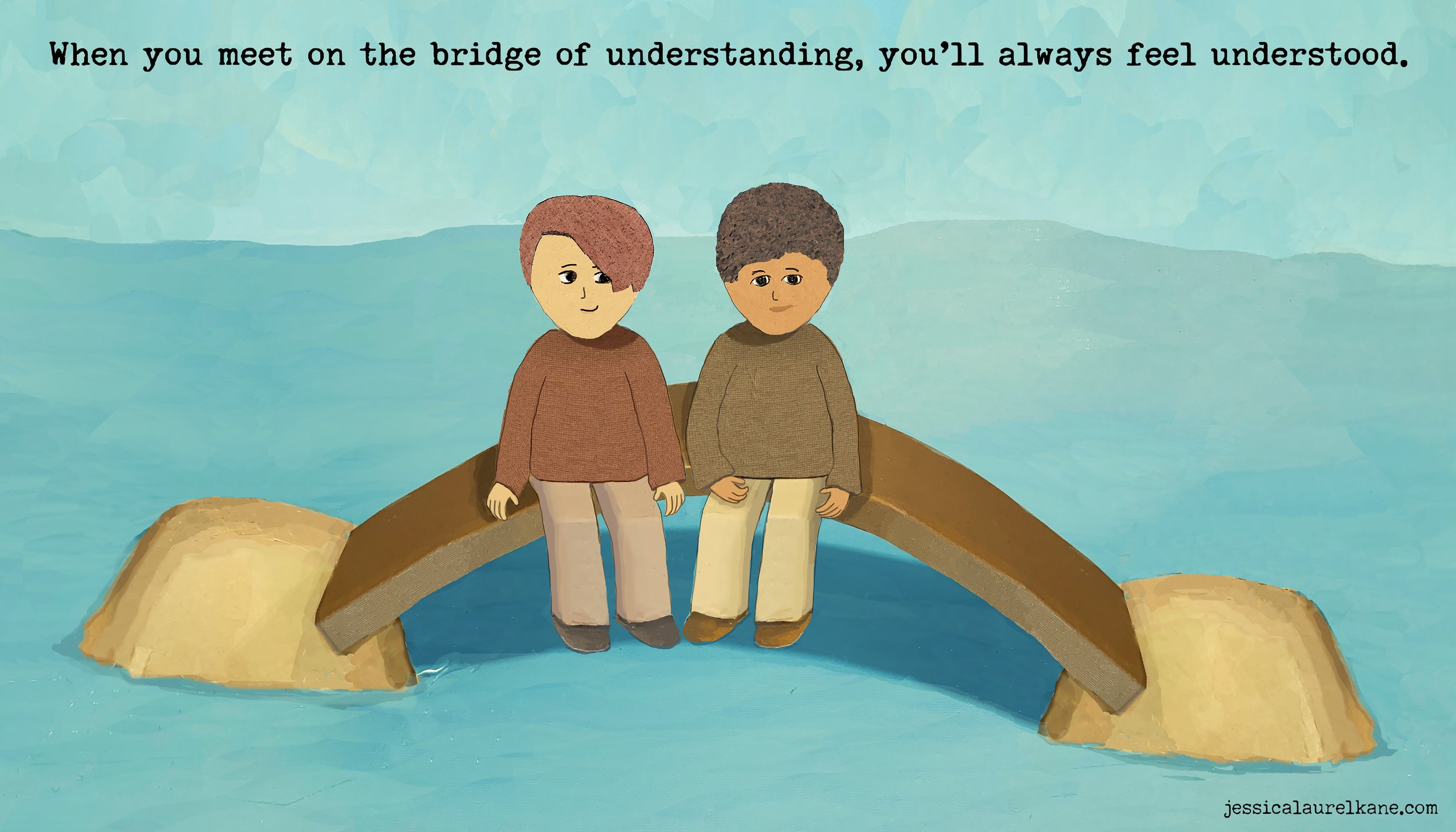“I once knew a little boy who had a lot of fears. During the day, he wasn’t scared of much—he’d run around feeling pretty great—but once the sun set, his fears would wake up.”
Tip Tapping is a guided meditation for kids, that requires a bit of assistance from a grown-up.
It's a story I tell my son when he can’t sleep at night, when he’s scared or anxious or just has an abundance of maniacal energy.
There’s a lot of room for improvisation, but I’ve shared the framework along with a recording of the story, in case you’d like to try it out.
Basically, a grown-up tip-taps their fingers as if they’re little legs, on all the parts of the child’s body that the story mentions.
It can be silly and a lot of fun and it also helps to call my son’s attention back from all his video games and friends and other worldly stuff, and back into his body where he can feel like he’s home, safe and comfortable.
(Suitable for ages 2-10.)
“When my child is suffering from OCD behavior, one way I can help him is by helping myself first. By asking myself: Am I catastrophizing here? Am I afraid that my child’s behavior is not normal? That I have to fix it immediately? Am I in panic mode about his behavior and worrying about his future?”
Some ideas for how parents can support themselves while their child is experiencing OCD Behavior.
(Suitable for adults.)
“I remember when I was 11, wanting to write a memoir. I had a stepmother at the time who laughed when I told her my plan. “Don’t you need to be somebody before you write one of those?”
Two very short stories—one for adults and one for kids—about the importance of sharing the most authentic version of who we are, without shame, and without needing an invitation to do so.
(Suitable for tweens, teens and adults.)
“Most of the time when you hear a story about a cocoon, there’s a caterpillar inside. But not this story. This story is about a cocoon that had a butterfly inside. A butterfly who was afraid to fly.”
A terrified butterfly is forced out of her cocoon and into the world where she meets an unexpected friend who encourages her to fly.
(Suitable for all ages.)
“Once there was a girl who was born with glue in her brain.
At first she didn’t know about the glue. She only knew that something seemed wrong about her brain, because so many of her thoughts seemed to get stuck to it.
No matter where she happened to be, she would notice herself thinking these same thoughts, again and again. Even if she tried not to think these thoughts, there they were . . .”
The Girl Who Was Born with Glue in Her Brain is about a girl with a handful of thoughts that keep her from being able to enjoy life as much as she would like to, and what she eventually decides to do about it.
(Suitable for teens and adults.)
Click here to purchase the illustrated book version of this story.
“Once there was a man who loved his flower garden.
Only red flowers grew in his garden, and he was proud of every one. ‘The finest flowers are red,’ he’d say. ‘And flowers of any other color simply don’t belong here.’”
When a man notices flowers of unfamiliar colors blossoming in his town, he worries they’ll ruin his garden and he tries to ban them.
Red Flowers is a story about how much more beautiful the world is when a person is willing to open up their perspective and let the perspectives of others become part of their own.
(Suitable for all ages.)
“Once, there was a little girl who wanted to have tea with her mommy. But her mommy was very busy. ‘As soon as I’m done with my grown-up work, I would love to have tea with you!’”
The Tea Party is a story about the creative ideas people come up with to connect with each other when they imagine they’re not enough just the way they already are.
(Suitable for all ages.)
“I remember being little and carrying the weight of all the stories I was secretly collecting about my own experiences. I wanted so badly to share these experiences with someone who might have had the time to understand and appreciate what I was going through. But I couldn’t find the right person.”
Listening To Our Younger Selves is a conversation about the the stories we carry inside us and the important messages they have for us, if we take the time to listen.
(Suitable for teens and adults.)
“One afternoon, Little Bird was staring up at the sky, thinking about lunch. At the same time, in the luxury apartment building next to Little Bird’s tree, a human was out on his balcony, talking on his cell phone.”
When Little Bird swallows a cell phone, he inadvertently offends all the other birds in the neighborhood with his new chirp. The Bird Who Swallowed the Cell Phone is a story about the trouble that can happen when people assume they understand the reason for other people’s behavior, instead of asking them questions to find out for sure.
(Suitable for all ages.)
“If you or someone you know has OCD behavior, please do not refer to this behavior as an OCD monster. Why did anyone come up with the idea that having a monster in your brain would help make anything better?”
OCD: You Do Not Have a Monster in Your Brain is a conversation about Intrusive thoughts and reassurance-seeking OCD, with some ideas for understanding these types of behaviors, and some ideas for how to shift to more creative, self-affirming behaviors.
(Suitable for teens and adults.)
“From what I’ve noticed, we communicate-to-be-heard in moments where we feel threatened. Maybe because of a dangerous situation, but more often, I think it happens when we’re triggered by someone who did something that upset us. Or when we’re trying to avoid getting triggered by someone who might do something to upset us.”
Communicating-To-Be-Understood is a conversation about understanding why we feel triggered by other people’s behavior and why they feel triggered by ours. And how we can still share who we are and create more fulfilling connections with the people in our lives.
(Suitable for tweens, teens and adults.)
“I smiled and said hi and she stopped what she was doing, but only to glare at me. ‘I will not be responding or smiling to anyone,’ she explained. ‘I am at this retreat for peace.’”
What I Learned About Anger is a conversation about meeting a very angry person at a meditation retreat, and the unexpected way she was treated.
(Suitable for tweens, teens and adults.)
“Sometimes I like to think of my mind as an ocean and myself as someone fishing.”

































